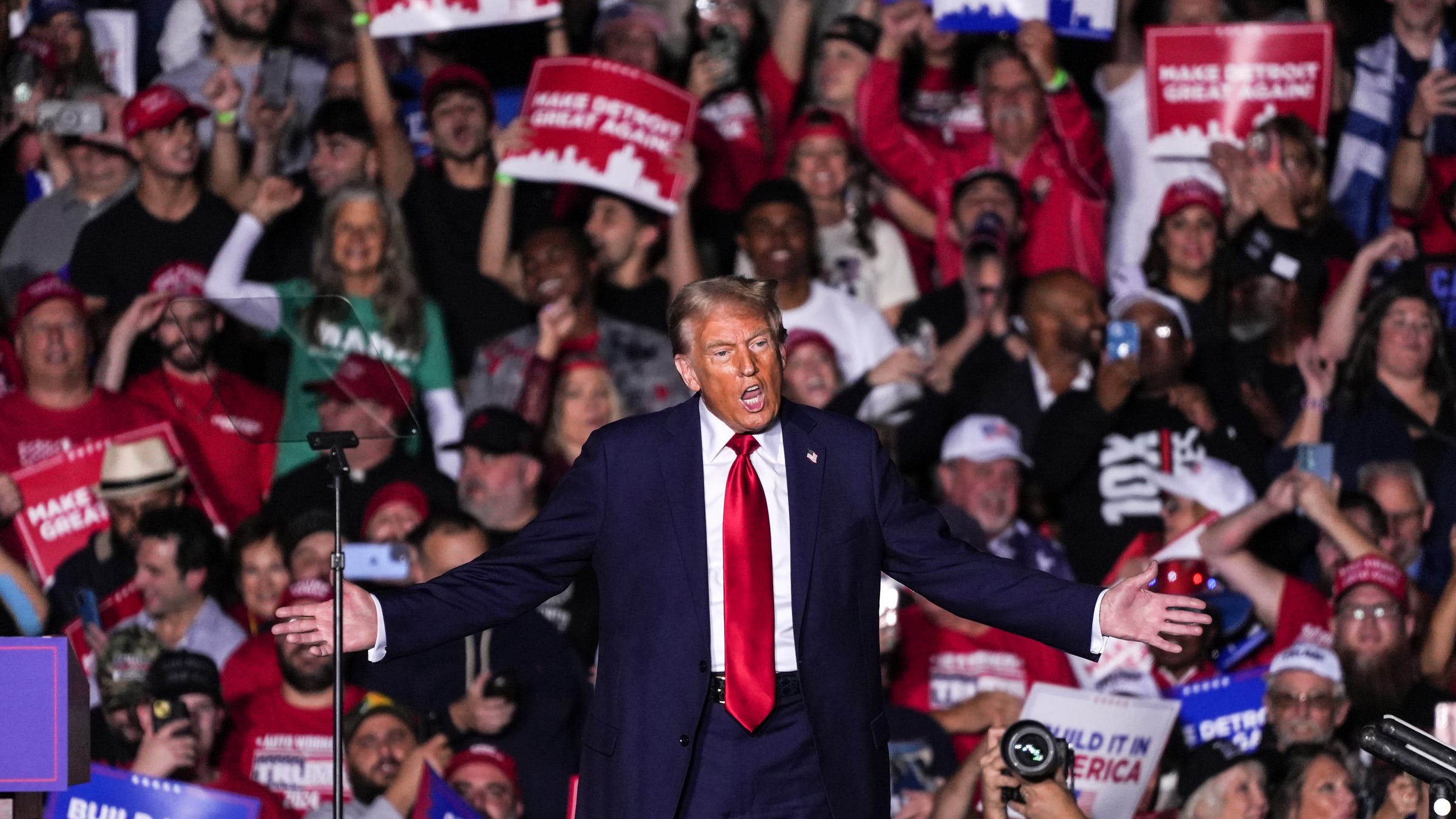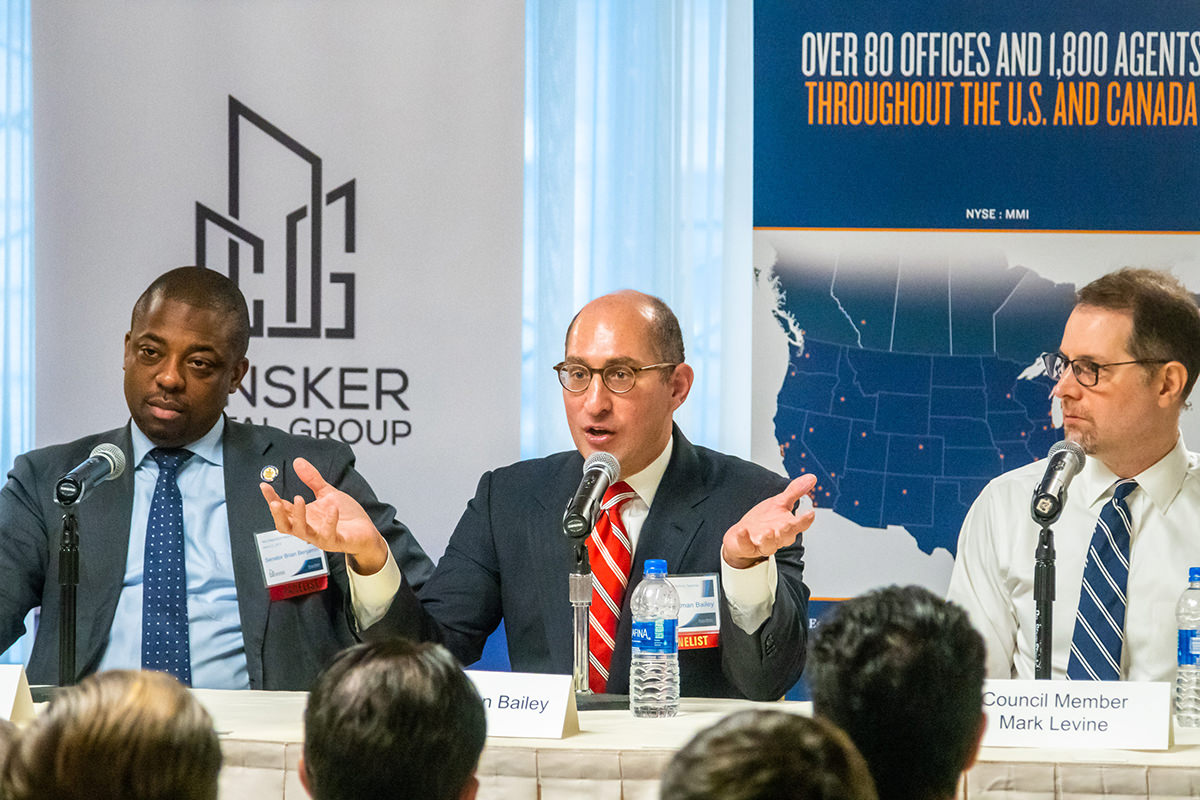Trump's Harvard Funding Threat: $3 Billion Redistribution To Trade Schools?

Table of Contents
The Proposed Policy: Details and Potential Impact
The core of Trump's proposed policy involves redirecting $3 billion currently allocated to higher education institutions, many of which are research-intensive universities like Harvard. The precise mechanism for redistribution remains unclear, but the general intention is to funnel these resources into expanding vocational training programs and trade schools across the nation. Criteria for allocation would likely prioritize institutions with strong track records in skilled trades training and those serving underserved communities.
Potential Positive Impacts:
- Increased Access to Vocational Training: This redistribution could significantly increase access to quality vocational training for underprivileged communities, providing opportunities for individuals who may not have considered or had access to traditional four-year colleges.
- Addressing Skills Gaps: By bolstering trade schools and vocational programs, the policy aims to address the growing skills gap in various sectors, ensuring a sufficient workforce for essential trades.
- Lower Tuition Costs for Trade Schools: Increased funding could potentially lead to lower tuition costs at trade schools, making vocational training more affordable and accessible to a wider range of students.
Potential Negative Impacts:
- Reduced Funding for Research: The most immediate concern is the potential reduction in funding for crucial research at leading universities like Harvard, potentially hindering scientific advancements and technological innovation.
- Negative Consequences for Higher Education: Critics argue that diverting funds from higher education could negatively impact overall educational quality and limit opportunities for students seeking advanced degrees.
- Political Ramifications and Opposition: The policy faces strong opposition from universities and higher education advocacy groups, likely leading to political battles and legal challenges.
Harvard's Response and the Broader Academic Reaction
Harvard University, naturally, has expressed strong concerns about the proposed policy, arguing that the drastic cuts would severely hamper its research capabilities and ability to contribute to society. While official statements haven't been explicitly hostile, they’ve emphasized the vital role of research universities in driving innovation and economic growth. Other Ivy League institutions and prominent research universities have expressed similar concerns, forming a united front against the drastic funding cuts. However, a division of opinion exists among smaller colleges and universities, some of whom might welcome increased funding for vocational training, potentially seeing it as an opportunity to expand their programs.
Economic Implications and the Future of Skilled Labor
The economic implications of shifting $3 billion towards trade schools are multifaceted. Proponents argue it will stimulate job creation in skilled trades, boost economic growth through increased productivity, and alleviate the skills shortage in crucial sectors. However, critics counter that this approach neglects the long-term economic benefits of research and innovation driven by universities, potentially hindering future technological advancements and economic competitiveness. The debate hinges on the long-term balance between investing in skilled labor versus fostering innovation through higher education. The future of skilled labor depends on a comprehensive strategy that integrates both.
Political Ramifications and Public Opinion
Politically, Trump's proposed policy is a high-stakes gamble. While it may resonate with some voters who value vocational training and skilled trades, it could alienate others who see higher education as crucial for national progress. Public opinion is likely divided along partisan and socioeconomic lines, with support potentially stronger among those in communities facing skills shortages and those who haven't attended a four-year college. Media coverage will play a crucial role in shaping public discourse and influencing the ultimate outcome of the proposed policy.
Conclusion: The Future of Funding and the Trump Administration's Higher Education Agenda
Trump's proposed $3 billion redistribution of higher education funding presents a complex challenge. While the policy aims to address crucial skills gaps and increase access to vocational training, it risks undermining the vital role of research universities in driving innovation and economic growth. The debate over funding trade schools versus supporting research-intensive universities touches on fundamental questions about the future of higher education and the American workforce. The potential benefits and drawbacks are substantial. We must engage in thoughtful discussion to navigate the complexities of this policy and its profound implications for the future. This is a crucial moment in shaping the debate over funding trade schools; research Trump's higher education policy further, voice your opinion to your representatives, and participate in the ongoing discussion about this significant redistribution of educational resources. Let's ensure the future of education is one that serves all Americans.

Featured Posts
-
 Rent Regulation Reform A Tenants Perspective And Concerns Raised By Advocacy Groups
May 28, 2025
Rent Regulation Reform A Tenants Perspective And Concerns Raised By Advocacy Groups
May 28, 2025 -
 Mlb Prediction Diamondbacks Vs Dodgers Who Will Win
May 28, 2025
Mlb Prediction Diamondbacks Vs Dodgers Who Will Win
May 28, 2025 -
 Actors And Writers Strike Hollywood Production Shuts Down
May 28, 2025
Actors And Writers Strike Hollywood Production Shuts Down
May 28, 2025 -
 The Jacob Wilson Breakout Fact Or Fiction A Comprehensive Poll
May 28, 2025
The Jacob Wilson Breakout Fact Or Fiction A Comprehensive Poll
May 28, 2025 -
 Unifor Grants Strike Mandate Via Rail Facing Potential Work Stoppage On June 22
May 28, 2025
Unifor Grants Strike Mandate Via Rail Facing Potential Work Stoppage On June 22
May 28, 2025
